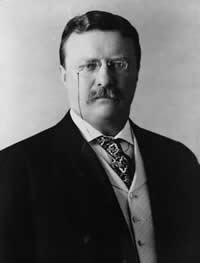

In 1866, the motto was added to the silver dollar, half dollar, quarter dollar and $20, $10 and $5 gold pieces (double eagle, eagle and half eagle). It also was used on the Shield nickel, which made its debut that year, and remained throughout the run of that coin – but then was omitted from both the Liberty Head and Buffalo nickels, finally reappearing on the five-cent piece when the Jefferson nickel was introduced in 1938. It wasn’t used on the dime until 1916.
It never appeared on the gold dollar and $3 gold piece, and wasn’t added to the $2½ gold piece (quarter eagle) until 1908.

An 1873 law – the same law, ironically, that eliminated the two-cent piece – reconfirmed that the motto was permitted but not required on coinage. The silver and nickel three-cent pieces and silver half dime never carried the motto. The short-lived Trade dollar, first issued in 1873, bore the inscription but the even shorter-lived twenty-cent piece, first issued in 1875, did not.
In 1908, a law required that the words appear on U.S. coins, though the cent, nickel and dime were exempted because of their size. The Lincoln cent and Winged Liberty (“Mercury”) dime both carried the motto when they debuted in 1909 and 1916, respectively, even though its use on those coins was optional. But the phrase wasn’t added to the nickel until 1938, at which point all U.S. coins carried the motto. All have done so ever since.
The 1908 law resulted directly from a typically impulsive decision by President Theodore Roosevelt. It was Roosevelt who triggered a revolution in U.S. coinage art in the early 20th century, and his interest in coins extended not only to their artistry but also to the inscriptions they carried. He objected to the use of “In God We Trust” on the nation’s money as blasphemous and argued that it cheapened the motto, because the coins could be used for illegal and immoral purposes in less than pious environments.